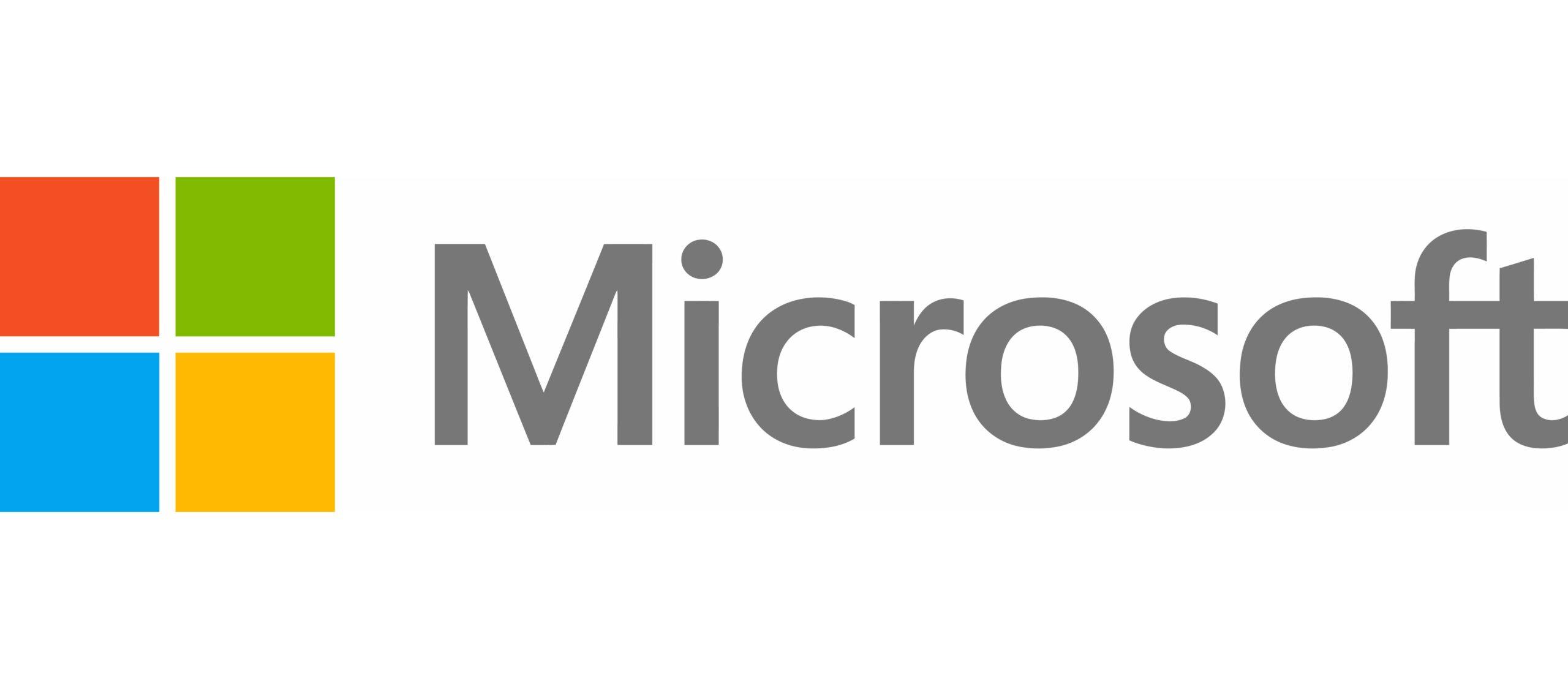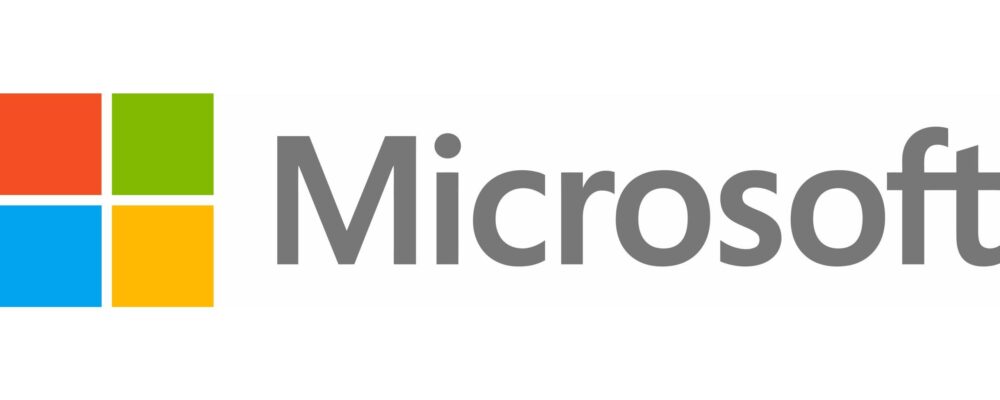
Proteins are the tiny machines that power life, from helping us fight infections to breaking down food for energy. But many proteins don’t work alone, they come together in complex structures called homo-oligomers. Understanding how they assemble is key to unlocking breakthroughs in medicine, biotechnology, and disease research. Until now, predicting these structures has been slow and difficult, relying on time-consuming experiments or computational methods that require significant resources
That’s where Seq2Symm comes in. Developed and led by
Meghana Kshirsagar
from Microsoft’s AI for Good Lab in collaboration with Nobel Prize winner David Baker, Seoul National University Professor
Minkyung Baek
, MIT Professor Bonnie Berger, and University of Pennsylvania Professor Gregory Bowman. This new AI model based on ESM2 can predict protein structures faster and more accurately than ever before—analyzing 80,000 proteins per hour. This is a major leap forward, allowing researchers to study millions of proteins in ways never before possible. By providing rapid and reliable insights into how proteins assemble, Seq2Symm opens the door to major scientific advancements across multiple fields. That means understanding diseases better, getting to medical breakthroughs faster, and empowering researchers to tackle bigger problems that impact all of us.
Leveraging AI to solve the world’s greatest challenges is something we are deeply committed to as a company. This commitment is shared by many of our partners, including the researchers at the Baker Lab at the University of Washington, who have been invaluable collaborators for more than three years.
This technology is open-source, giving researchers worldwide access to a tool that dramatically accelerates discoveries. By making protein structure prediction faster, more scalable, and more accurate, Seq2Symm is helping scientists unlock the mysteries of life at an unprecedented pace.
While we are immensely proud of the progress, we recognize there is more work to be done. The challenges we are tracking are complex and ever evolving, requiring continuous attention and ongoing innovation. We are grateful to our partners that share our values and dedication to continuing the work and will continue to collaborate with the Baker Lab at the University of Washington, to ensure the continued success of this model.
Microsoft is a technology company, a small local company, with few employees, no offices, and almost making no profit… >>
Please visit the firm link to site



